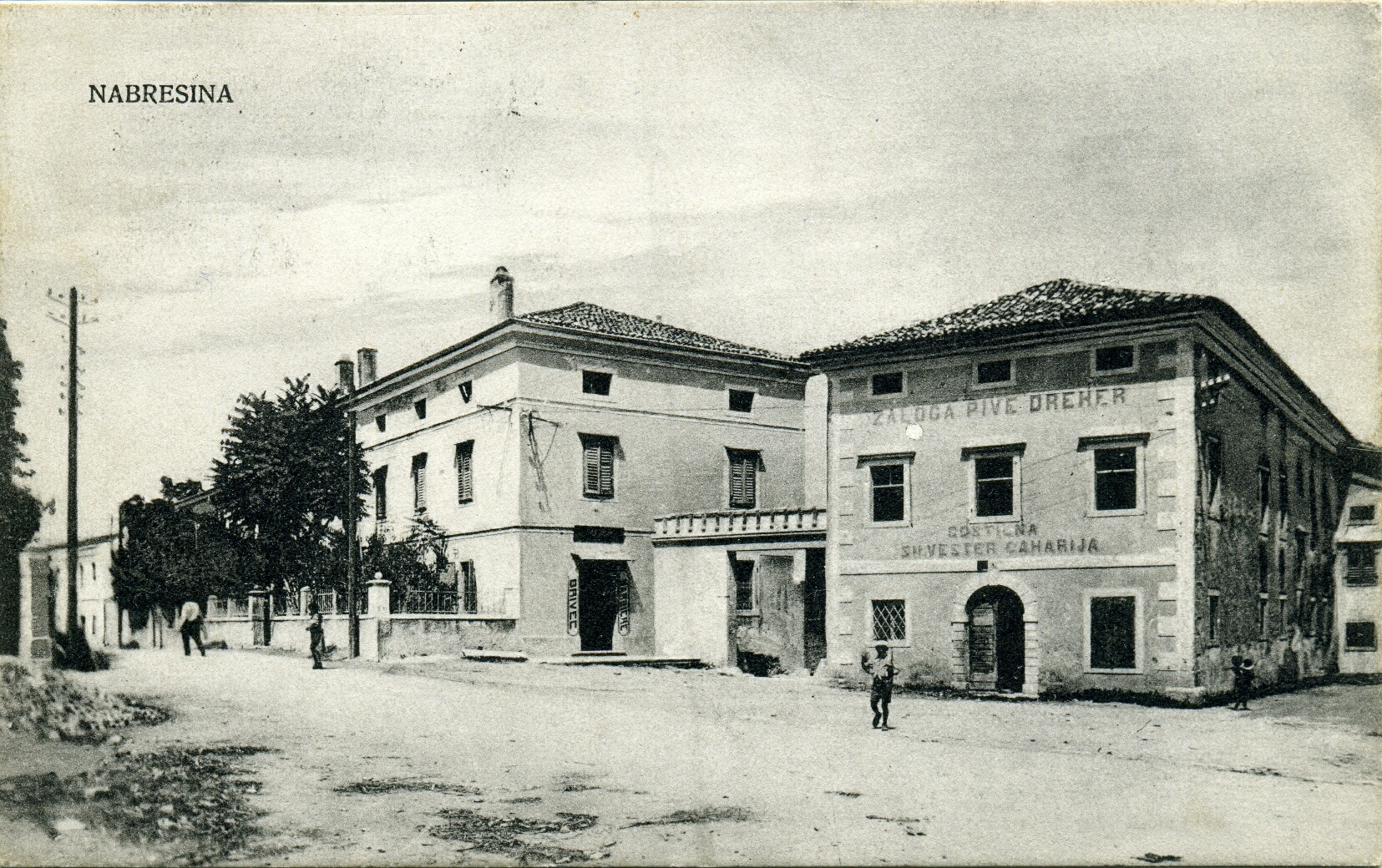a little bit of history ...
When the great journalist and historian Guido Botteri delivered his manuscript with a research outline on the building that hosts Juna, we were deluged with emotion and with a touch of pride. Botteri told us of the enthusiasm with which he had collected pictures, sources and interviews. He was engaged in the project with the same passion and care with which he faced his numerous historical studies and researches. This is a project bound to grow up and which we know he's still working on.
According to his research, Juna is part of the complex that, in Aurisina, was called "the Vatican", clearly due to its "grandeur". The complex was built at the end of the eighteenth century, when Aurisina develops next to the church of San Rocco, built on the edge of the old town by one of the oldest and most authoritative families of Aurisina: the Grudens.
It is Peter Gruden who builds up the complex where, in addition to the residence of the familiy, regular "post stations’’ are held, with stables and horses for the changing of the pair. The same Grudens, with their chariots and their horses, carry to Trieste and to the most important cities of the Austro-Hungarian Empire the precious stones from the caves of Aurisina. At the beginning of the 1st WW the Caharija (Zachary), another important family of Aurisina, takes over the ownership of the "Vatican".
The complex now hosts a tavern and a beer store, under the management of Silvestro Caharija. During the war the "gostilna" and the entire "Vatican" complex are requisitioned by the Austro-Hungarian army, which transforms it into a field hospital to accommodate the wounded of the Italian front, using - in the summer - even the forecourt of the Church, given the high number of wounded soldiers.

Subsequently it was again requisitioned by the Fascist authorities, becoming the headquarters of the National Association with the heliotherapeutic colony. Another requisition happens in 1944 as the Germans of the "Adriatisches Küstenland" authorize the settlement in "complex Zaccaria" (Italian version of surname Caharija) of the primary school with Slovene teaching language, after more than twenty years, since the fascist regime had abolished all educational and cultural non-Italian institutions.
The arrangement lasts only one year. Upon the end of the hostilities all schools with Slovene teaching language are placed elsewhere. In March 1946 the Anglo-American Allied Military Government of the Territory of Trieste (the license is signed by the Civil Affairs Officer) agrees to the request of the building owner, Giovanni Caharija (son of Silvestro) to transform the house in a cinema.
https://www.agriturismojuna.it/index.php/en/history.html#sigProId24c7cab8c0
The management of the "Cine Nabresina" remains in business for a decade, until 1956. Since the early 70s the historic business of our family, the Agrarian store, occupies the site now housing Juna, taking over the management of a grocery store. In March 2007, after the transfer of the "Agraria Stanissa" to new premises, the slow renovation of the building starts and has finally been completed in the spring of 2016.


